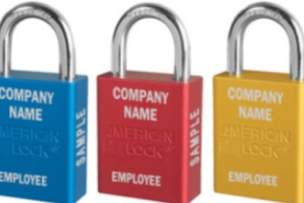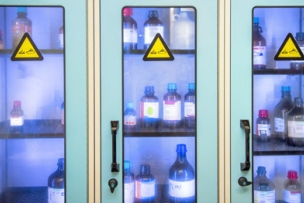Align Your Hazard Communications Program with HazCom 2012 GHS Labels
Employers that haven’t completed their transition to the United Nations’ Globally Harmonized System of Classification and Labelling of Chemicals, or GHS, as adopted by OSHA in its Hazard Communication Standard, should finish that up as soon as possible. Hazardous chemical labels shipped from a manufacturer or distributor must now contain six specific elements, including name and address of the supplier, the product identifier, hazard statements, hazard pictograms, precautionary statements, and a signal word, either “danger” or “warning.”
To better understand the GHS and the hazard communication standard, see our helpful infographic, “The Evolution of the Hazard Communication Standard.”
“Here in the United States, the official transition period to GHS concluded in 2016, and at that point your chemical inventory should have been updated with GHS-aligned SDSs and container labels,” says McCaffrey.
However, certain circumstances may have precluded this from happening, such as chemical suppliers shipping outdated information to downstream users -- even past their respective HazCom / GHS deadlines, suppliers going out of business -- leaving downstream users with outdated labels and SDSs in their inventories and no point of contact to assist with updating them, or employers having inventories of pre-existing chemicals that haven’t yet been turned over and replaced with new shipments of chemicals. Employers are not required to go back and relabel old inventory containing outdated labels, but whenever possible, McCaffrey strongly encourages them to eliminate any unnecessary older-labeled chemicals from their inventory, replace older products with newer ones from compliant suppliers, and append older-labeled containers with HazCom 2012 / GHS-aligned label information.
And employers who are up to date and GHS-compliant can’t rest on their laurels.
“GHS itself keeps changing—they review and update it every two years,” Molé says. “OSHA in the United States is currently aligned with Revision 3 of GHS; however, Revision 7 came out recently, and OSHA is currently planning to issue a notice of proposed rulemaking in February of 2019, aligning HazCom with that version, so as challenging as it’s been for people to comply with GHS, there are probably going to be some additional things they will have to do once this happens.”





Talk to Us!
Great article, thanks for posting these!!
31Thanks for the positive feedback Brian
31Leave a reply
Your email address will not be published. Required fields are marked *